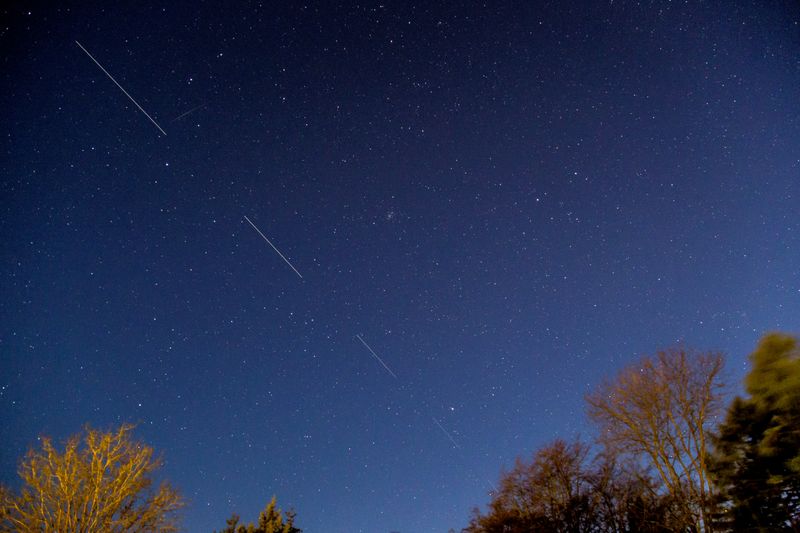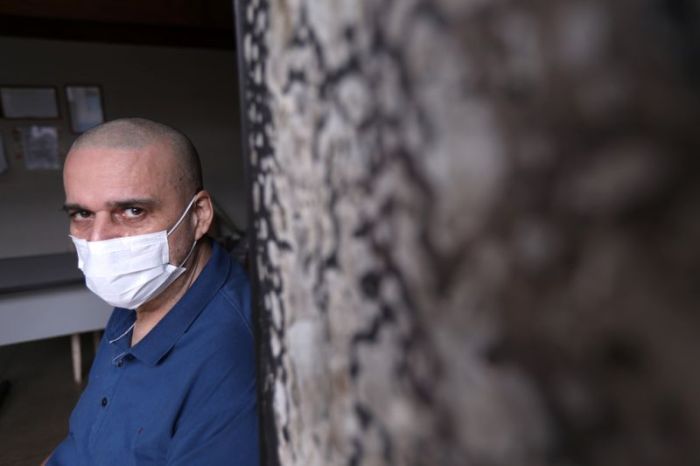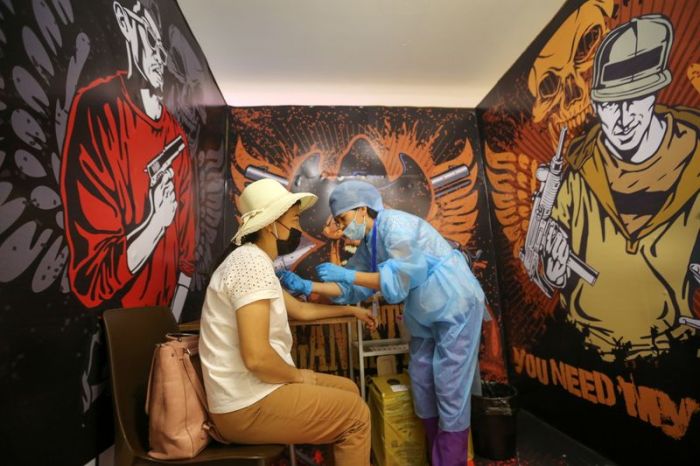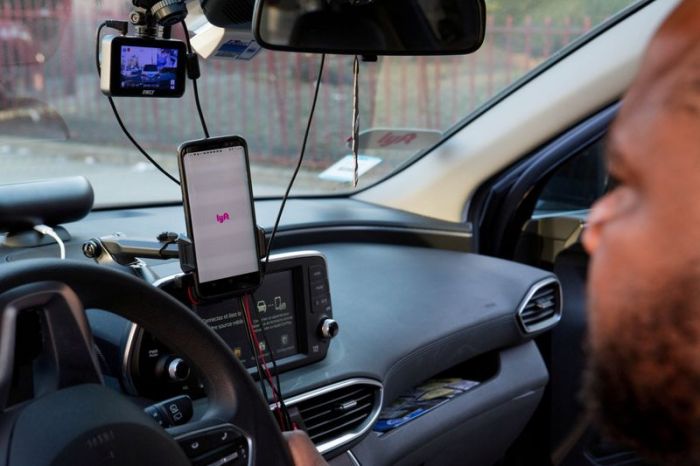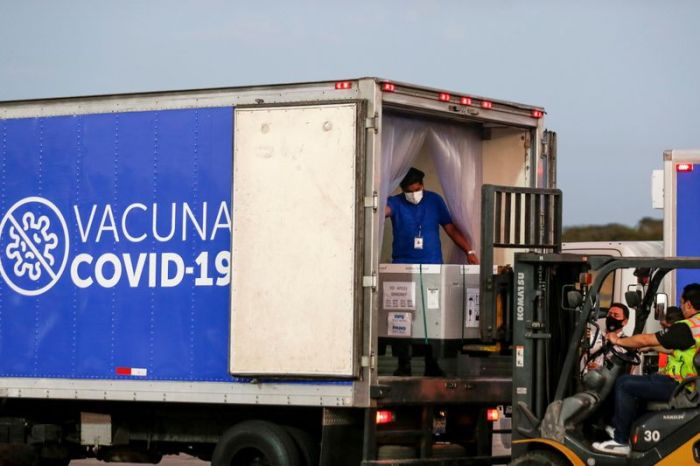(This story has been refiled to correct Shotwell’s surname)
SYDNEY (Reuters) – Starlink, the satellite internet unit of Elon Musk’s SpaceX, expects to be able to provide continuous global coverage by around September but will then need to seek regulatory approvals, its president Gwynne Shotwell said on Tuesday.
“We’ve successfully deployed 1,800 or so satellites and once all those satellites reach their operational orbit, we will have continuous global coverage, so that should be like September timeframe,” she told a Macquarie Group technology conference via webcast.
“But then we have regulatory work to go into every country and get approved to provide telecoms services.”
Starlink, which has said it plans to deploy 12,000 satellites in total at a cost of roughly $10 billion, currently offers beta services in 11 countries, Shotwell said.
In May, Musk said the low-Earth orbiting satellite network had received more than 500,000 preorders for its internet service and anticipates no technical problems meeting demand.
The U.S. Federal Communications Commission this year approved SpaceX’s plan to deploy some Starlink satellites at a lower earth orbit than planned to provide high-speed broadband internet services to people who currently lack access.
Starlink is one of a growing number of makers of small satellites that also includes Amazon.com’s Kuiper, Britain’s OneWeb, venture capital-backed Planet, and Raytheon Technologies Corp’s Blue Canyon Technologies.
(Reporting by Paulina Duran in Sydney; Editing by Edwina Gibbs)

